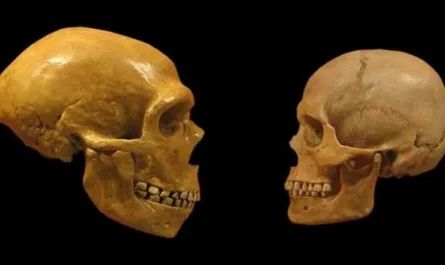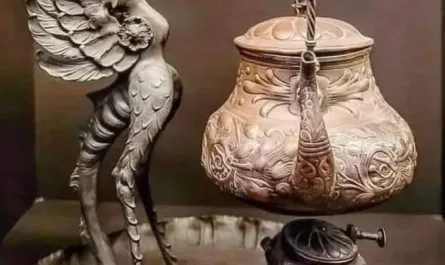In 1958, Soviet photographer Dmitry Baltermants captured a striking image at Nursery No. 155 in Moscow’s Dzerzhinsky district, showing rows of babies napping outdoors in light frost, snugly bundled in their prams. This evocative photograph reflects a once-common practice in the Soviet Union and Scandinavia, where exposing infants to cold, fresh air was believed to boost immunity, improve sleep, and prevent illness. Baltermants, a celebrated photojournalist known for his poetic depictions of Soviet life, blended stark environmental conditions with tender care in this image, offering a window into mid-20th-century cultural beliefs about child-rearing and public health.
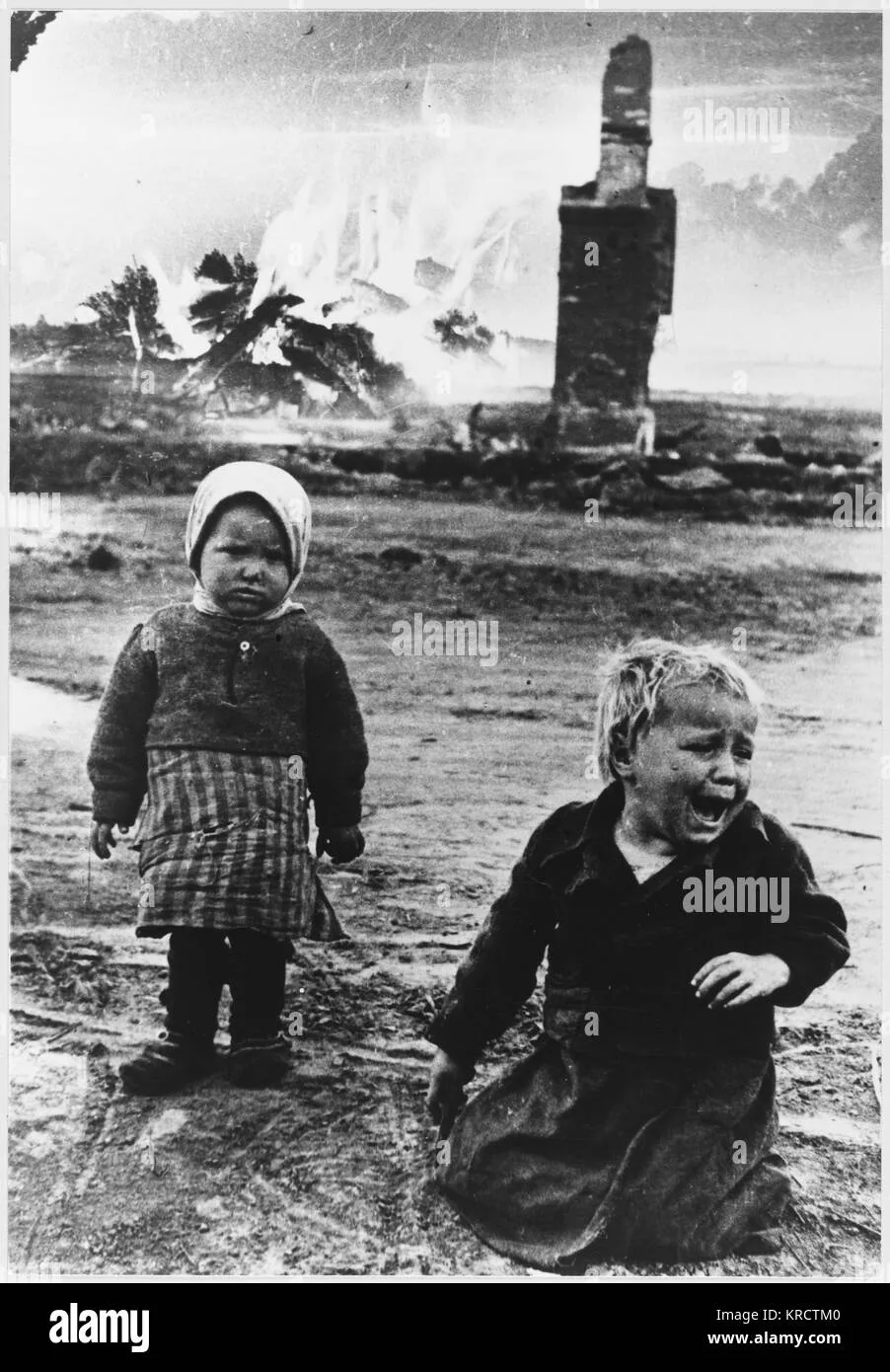
The Photograph and Its Context
The image shows prams lined up outside the nursery, each holding a warmly dressed infant, their faces barely visible amid blankets, as a light frost dusts the scene. Taken in winter, the photograph captures the contrast between Moscow’s chilly air—likely around 0°C (32°F)—and the serene, almost cozy arrangement of sleeping babies. The practice, rooted in early 20th-century health philosophies, was widespread in the Soviet Union, Scandinavia, and parts of Eastern Europe. Pediatricians and parents believed that fresh, cold air strengthened children’s immune systems, improved lung health, and promoted deeper sleep by mimicking natural conditions. In the USSR, state-run nurseries like No. 155 adopted this approach, reflecting collectivist childcare and trust in scientific health trends of the era.
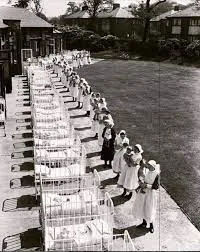
Baltermants, born in 1912 in Warsaw and raised in Moscow, was a master of visual storytelling, known for wartime images like Grief (1942), which captured the emotional toll of World War II. His 1958 photograph, less harrowing but equally poignant, showcases his ability to find humanity in everyday scenes. The babies’ peaceful slumber amid frost highlights Soviet resilience and optimism, framing childcare as a communal effort aligned with socialist ideals.
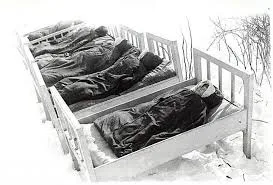
Cultural and Historical Significance
The outdoor napping practice, documented as early as the 1920s in Nordic countries, gained traction in the USSR during the post-war period, when public health campaigns emphasized robustness and disease prevention. Doctors like Arvo Ylppö in Finland promoted it, citing lower rates of respiratory illnesses in children exposed to cold air. In the Soviet context, it aligned with state-driven efforts to build a healthy, hardy population, especially in urban centers like Moscow, where crowded living conditions increased infection risks. Nurseries, serving working parents, implemented such practices to standardize childcare and promote Soviet ideals of collective well-being.

Baltermants’ photograph, likely published in Soviet magazines like Ogonyok, where he worked, resonated with audiences for its blend of tenderness and grit. It captures a moment when science, tradition, and ideology converged, showing how cultural beliefs shaped daily life. The image also reflects the USSR’s post-Stalin thaw, a period of cautious openness under Khrushchev, when photojournalism began exploring softer, human-focused stories.

Modern Resonance and Lessons
Today, the practice of outdoor napping persists in Scandinavia, with Danish and Swedish parents leaving prams outside in temperatures as low as -10°C (14°F), supported by studies showing reduced colds and better sleep. In contrast, it’s largely faded in Russia due to urban safety concerns and changing health views. The photograph, housed in archives like the Multimedia Art Museum in Moscow, remains a cultural artifact, exhibited globally for its historical and artistic value.
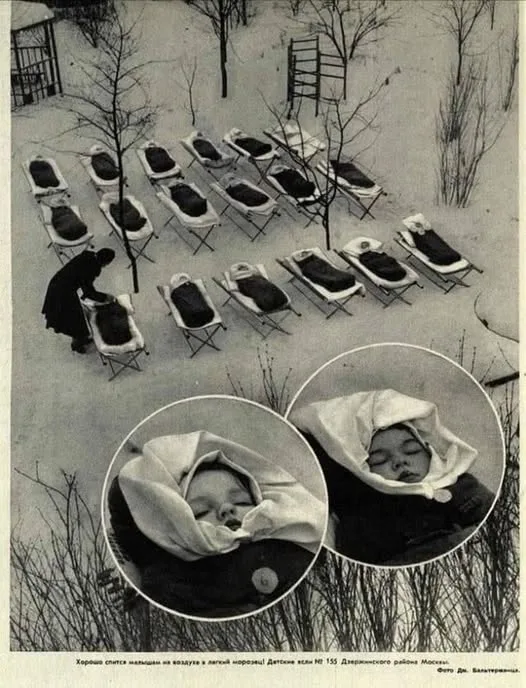
Like the Dahomey Amazons’ cornrow maps or the ingenuity of the Lamassu, Baltermants’ image reflects creative adaptation to environment and ideology. Lessons include:
Cultural Adaptability: The Soviet embrace of cold-air napping shows how societies innovate within constraints, inspiring modern health practices to balance tradition and science.
Humanity in Art: Baltermants’ ability to capture care amid hardship encourages storytellers to find beauty in everyday resilience, from childcare to community efforts.
Preserving History: Like protecting sites like Hadrian’s Villa, preserving photographs like this ensures cultural memory, urging us to document modern practices for future generations.

A Timeless Snapshot
Dmitry Baltermants’ 1958 photograph of babies napping in Moscow’s frost is a poetic blend of stark conditions and gentle care, capturing a unique moment in Soviet history. It reflects a belief in nature’s power to nurture, much like the Tasmanian tiger’s rock art or Newgrange’s solstice light connected humanity to its environment. This image, with its bundled infants and icy backdrop, invites us to marvel at the resilience of life and the artistry that immortalizes it, reminding us how cultural practices shape our past and inspire our future.

